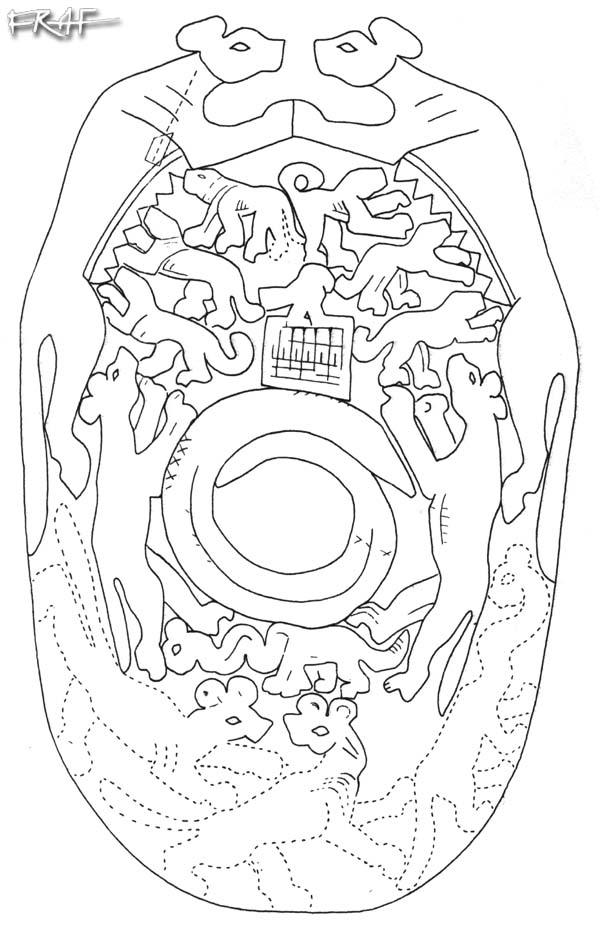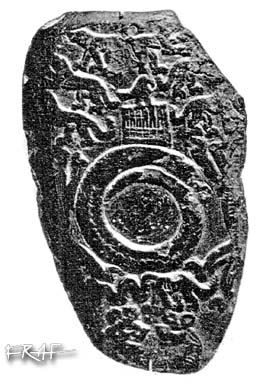|
|
|
|
|
|

METROPOLITAN MUSEUM PALETTE
(with Anonymous/plain Serekh)
Metropolitan Museum of Arts, New York 28.9.8
Unprovenanced, h. cm. 8,5 (schist)
Description
Bibliography
Hayes, Scepter of Egypt p. 28-9, fig. 22
Montet, Le jeu du serpent, CdE 30, 189-197
Fischer, Artibus Asiae 21, p.82 ff, n.34, fig. 19,20;
Asselberghs, Chaos en Beheersing fig. 170
Cialowicz, Les palettes ... Studies in Ancient Art and Civilization 3, 1991, 48-49 (+ bibl.); 71f.
J.O. Gransard-Desmond, Les Canidae de la Prehistoire a la Iere Dynastie en Egypte et en Nubie, 1999, (Corpus n. 77)
Raffaele, Dynasty 0, in: Bickel - Loprieno (eds.), Egyptology Prize 1, AH 17, 2003, 99-141... ... ...
NOTE: It must be noted that the datation of this palette is very difficult on the basis of the extant material.
The supposed time span of its manufacture, Naqada IIIa2/b1, could fairly be extended up to Naqada IIIc2 (Aha, Djer): the sign inside the serekh should not be interpreted as the Djer hieroglyph, but the falcon type and the coiled serpent are typical of early 1st dynasty.
The Serekh doesn't look to be a later addition. It could also be a representation of a building (shrine) surmounted by the protector-god, thus not being directly related with a sovereign (cf. Hunters palette; Sobek temple on a sealing attributed to Horus Crocodile) but rather referring to a place-name.
The Minshat el Ezzat palette has been found in a tomb of the period of Den; this means that these palettes with elaborate decoration still circulated at that time and it cannot be excluded that 1st Dynasty artisans eventually attempted to copy early Naqada III masterpieces, although I still prefer to interpret the M.e.E. palette as an heirloom already some centuries old at the time of Den.
